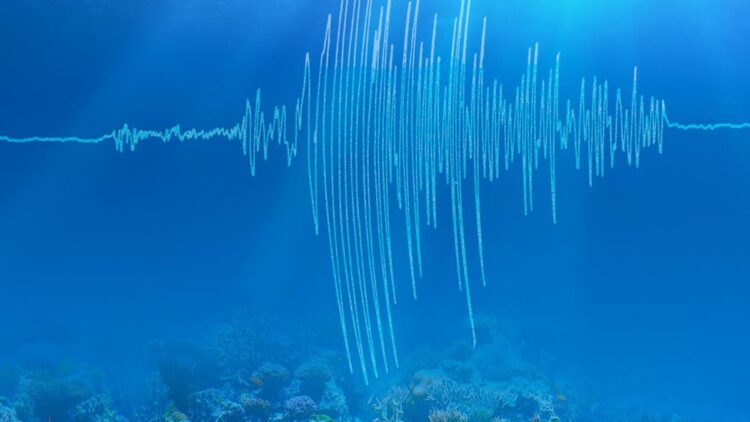Earthquake in Indian Ocean
Melbourne: A 6.6 magnitude earthquake has occurred on Wednesday, away from the south-west Australian coast. No tsunami warning has been issued after the earthquake. The American geological survey reported that the earthquake was at a depth of 10 km in the Indian Ocean in the Indian Ocean, 2,069 km south-west from Albani. The Joint Australian Tsunami Warning Center said no tsunami warning has been issued for Australia or Antarctica.
Why earthquakes come
Earthquakes are a sudden natural disaster on the Earth’s surface, due to the sliding or collision of tectonic plates. When this phenomenon occurs within the ocean, it is called ‘earthquake in the ocean’. Earthquake incidence in the ocean not only affects the depths of the sea, but sometimes it also becomes the cause of disastrous tsunamis.
Earthquake in the ocean
Tectonic plates
The surface of the Earth is divided into several pieces called tectonic plates. These plates continue to move. When these plates collide under the ocean or separate from each other, an earthquake arises there.
Volcanic activities
There are some places in ocean areas where one plate slips under the other plate. These areas are highly prone to acute and powerful earthquake. An earthquake can also occur due to explosion in active volcanoes located under the sea.
Earthquake effects in the ocean
Tsunami
When an earthquake under the ocean, there is a rapid change in the water level, causing huge waves called tsunamis. These waves can cause heavy havoc in coastal areas.
Effect on marine life
The natural habitat of the bottom of the sea causes damage to the threat to biodiversity. Earthquakes and tsunamis fill the coastal areas, causing loss of life and property. (AP)
Also read:
Afghanistan Earthquake: Afghanistan’s land trembled by earthquake, felt fast shock
Indian heritage in London threatened! Learn how 100 years old restaurant entangled in legal battle
Latest World News






